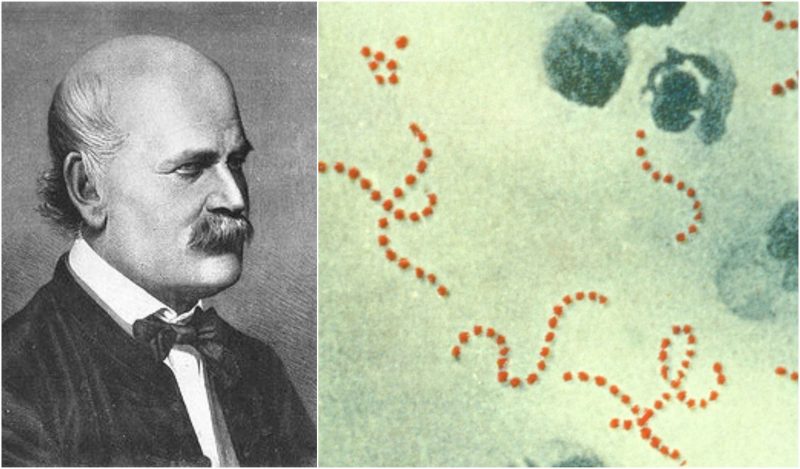Ignaz Semmelweis was a Hungarian physician of German extraction who proved that hand-washing could contribute to the prevention of women dying from childbirth.
At the time, he was director of the maternity clinic at the Vienna General Hospital in Austria, and he was referred as the “savior of mothers.”
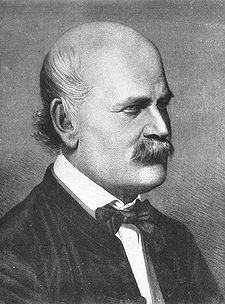
Semmelweis was born in 1818 and in 1837 started studying law at the University of Vienna. Soon after, he suddenly switched to medicine. He graduated in 1844 and later specialized in obstetrics while being supervised by Carl von Rokitansky, Joseph Škoda, and Ferdinand von Hebra. In 1846, he became an assistant to Professor Johann Klein in the First Obstetrical Clinic of the Vienna General Hospital.
Besides the First Clinic, there was the Second Obstetrical Clinic in Vienna, where the maternal mortality rate was significantly lower than in the former one. In the First Obstetrical Clinic, the rate of mortality among patients was around ten percent, which gained the clinic a bad reputation. Hence, women begged to be admitted to the Second Clinic, or they gave birth at home or other places rather than the First Clinic.
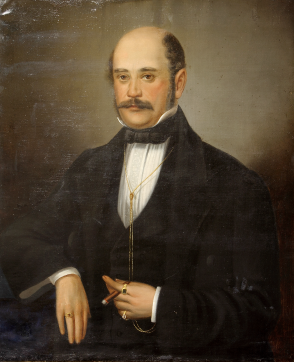
Semmelweis started studying the case of puerperal fever – the cause of the deaths – and stated: “To me, it appeared logical that patients who experienced street births would become ill at least as frequently as those who delivered in the clinic…What protected those who delivered outside the clinic from these destructive unknown endemic influences?”
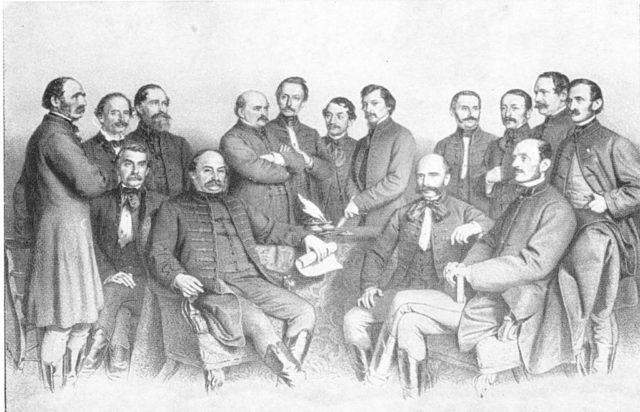
When his friend and colleague Jakob Kolletschka died after being accidentally poked with a student’s scalpel during the performance of a post-mortem examination, Semmelweis got serious about the deaths in the Clinic.
Especially after the pathology from the autopsy of Kolletschka revealed similarities to that of the women dying from puerperal fever.
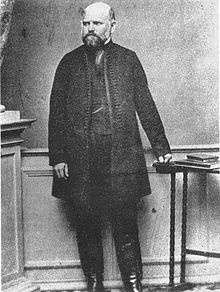
Two years later, in 1849, in after being dropped from his post at the clinic, Semmelweis applied for teaching jobs. He was invited to the Medical Society of Vienna where he talked about “The Origin of Puerperal Fever.”
He published his principal work “The Etiology, Concept, and Prophylaxis of Childbed Fever” in 1861. But his claims were constantly rejected by other academics, doctors, and scientists.
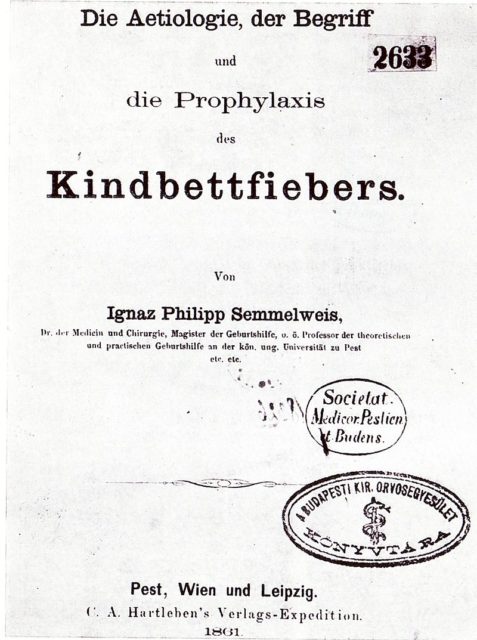


His arguments and publications were proved much later when it was clear that hand-washing reduced mortality to below one percent. He had no scientific proofs for his arguments and was always confronted by the academic world which caused his spirit to be undermined.
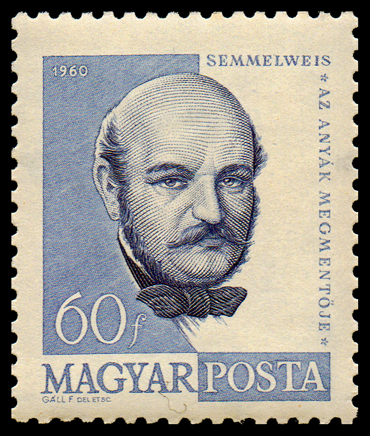
After suffering a nervous breakdown, he was sent to an asylum when he was only 47. Before being admitted to the asylum, Semmelweis performed an operation during which he caught his hand with the scalpel which caused him an infection.
Only two weeks after being admitted to the asylum, he was beaten by the guards and died. Ironically, the cause of death was the one that he was fighting throughout all his professional life.
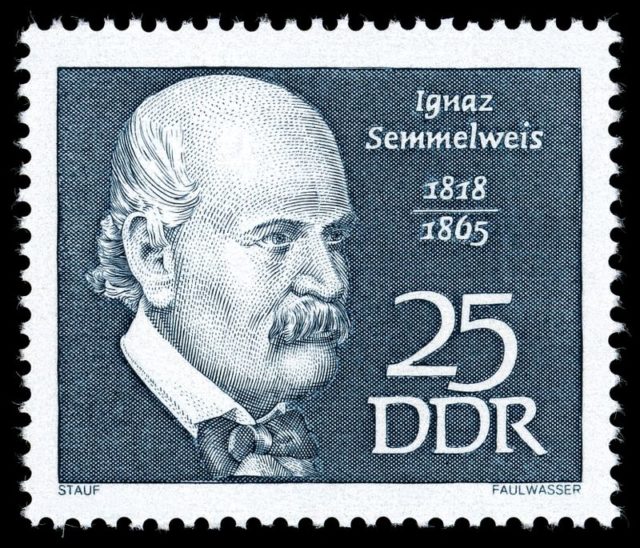
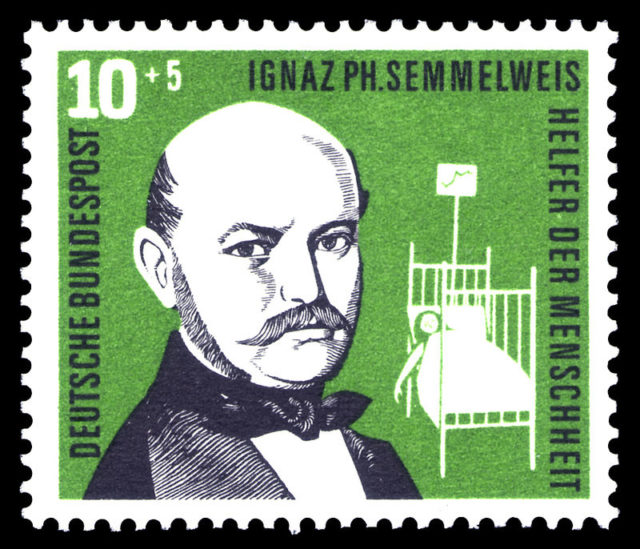


He is now referred as the pioneer of antiseptic procedures. In his work, during the 19th century, he argued about a simple thing we know today – washing hands and sterilizing the instruments with which the operations were performed.
He was opposed and wasn’t successful during his lifetime, but today he is known as the “savior of mothers.”
